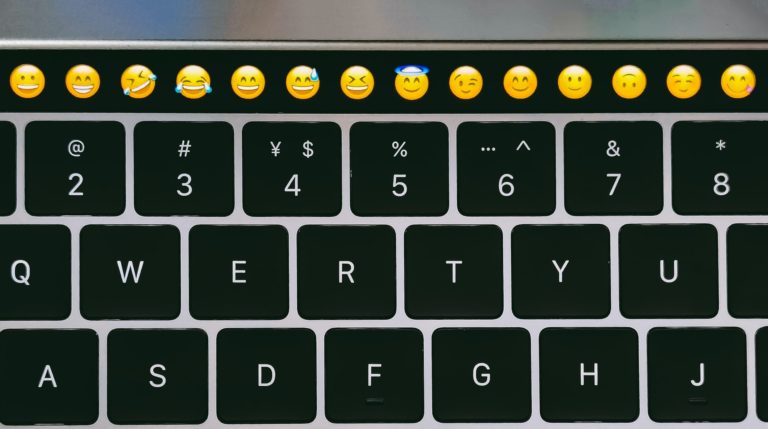A survey dated 4 years ago indicated that using emojis at work made people seem “less competent,” but most young professionals gave emojis a ? . Then came 2020 and WFH, and now using emojis is a norm in our daily communication at work.
One of the many things that changed due to COVID is how we work, and it’s more than just the setting. The line between our personal and professional lives has never been so blurry.
According to Microsoft Design VP Jon Friedman, remote work has helped us move past the old-school “professionalism” that used to make people think emojis were unacceptable in a work setting. In this new setup, people are more comfortable bringing their authentic selves to work. And yes, they’re more comfortable using emojis.
Emojis are still emojis. Work is still work. What changed is our definition of professionalism. As Jon said, being able to show more of our lives and personalities at work has served as a catalyst to a new definition of professionalism, one that is refreshingly human.
Whether you think emojis are “unprofessional” depends on your definition of what being “professional” is. For instance, some people think that emotions have no place at work… that showing emotions at the workplace is unprofessional. If you believe this myth, even though it’s already been debunked, chances are you would find emojis unprofessional.
Being professional does not mean we should cease to be human. If you agree with Jon’s new definition of what professionalism is, one that is more human, then I’m with you in saying emojis are professional. If emojis are unprofessional, then I am guilty of being unprofessional and I’m proud of it.
To emoji or not to emoji?
Even before the pandemic, many employees have used emojis. According to the Adobe 2019 Emoji Trend Report, 61% of employees use emojis at work. Most of these people feel that emojis positively impact credibility and likeability. They also make positive news more sincere when people use emojis in their workplace communication.
Since many of us have been working remotely with less face-to-face interaction, emojis became even more relevant. The problem with online correspondence is that it can be easily misunderstood due to the lack of nonverbal cues such as body language. Emojis, in their strange and amazing way, can effectively set the right tone in written correspondence.
Imagine you ask your boss for an extension for a task you’ve been working on for a month now. Compare these two responses:
- “That’s fine. I can give you one more day.”
- “That’s fine. I can give you one more day.” ?
Response A keeps you guessing whether it really is fine with your boss. You may misconstrue that your boss is annoyed with your request even when they’re not. With response B, one smiley face makes the reply seem more warm and kind, which is all the difference you need to make you feel better.
All with one simple emoji.
The Bottom Line
Regardless of your take on using emojis in a professional setting, you cannot deny their usefulness in supplementing the lack of nonverbal cues in virtual correspondence. It is backed by a study that shows how emoji usage helps with both cognitive understanding and relationship building.
Emojis are not only useful in clarifying or setting the right tone of written correspondence; they’re also used to show support and express positivity. In the 2019 Emoji Trend Report, 93% of respondents stated that they use emojis as a way to lighten conversations, and 91% use them to express support to others.
When we were (and some still are) stuck working from home, emojis help us connect to our team at an emotional level despite the physical distance. Research shows that when we receive an emoji and when we see a person’s facial expression face-to-face, our brains react similarly. This explains why we smile when we see a smiley emoji pop up on our screens.
The pandemic, with all its challenges, has made us more human again. It made us rethink the way we work and what it means to be “professional.” Emojis, in their cute way, have humanized our communication at work. We see people, even our shy colleagues, feel more comfortable expressing themselves and showing emotions, all thanks to emojis. ?
Making the use of emojis a norm in your company culture is one of the ways you can start humanizing your business. When employees are less afraid to express themselves, creativity thrives and productivity increases. In this Human Era, there’s no more need to waste any more energy hiding who you are in the workplace.
In love and respect,
Hilary Corna














